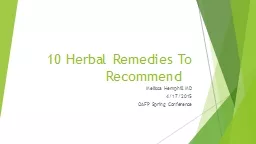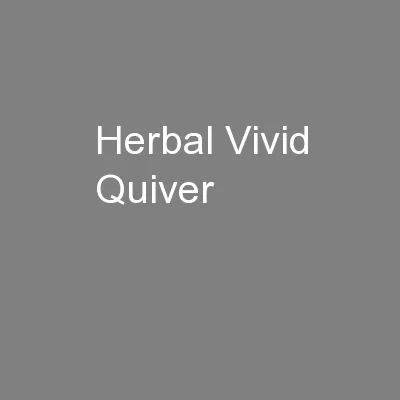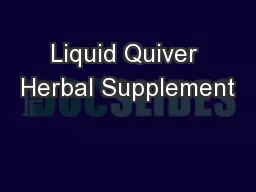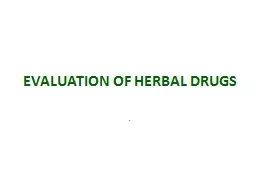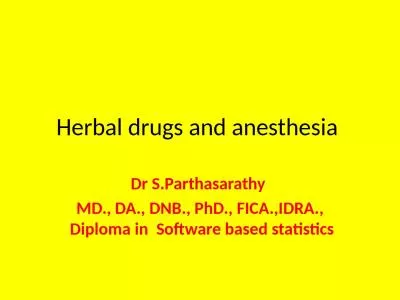PPT-10 Herbal Remedies To Recommend
Author : cheryl-pisano | Published Date : 2016-06-29
Melissa Hemphill MD 4172015 OAFP Spring Conference Disclosures amp Scope No disclosures Scope is Herbs that are commonly used safe and accessible to patients
Presentation Embed Code
Download Presentation
Download Presentation The PPT/PDF document "10 Herbal Remedies To Recommend" is the property of its rightful owner. Permission is granted to download and print the materials on this website for personal, non-commercial use only, and to display it on your personal computer provided you do not modify the materials and that you retain all copyright notices contained in the materials. By downloading content from our website, you accept the terms of this agreement.
10 Herbal Remedies To Recommend: Transcript
Download Rules Of Document
"10 Herbal Remedies To Recommend"The content belongs to its owner. You may download and print it for personal use, without modification, and keep all copyright notices. By downloading, you agree to these terms.
Related Documents

